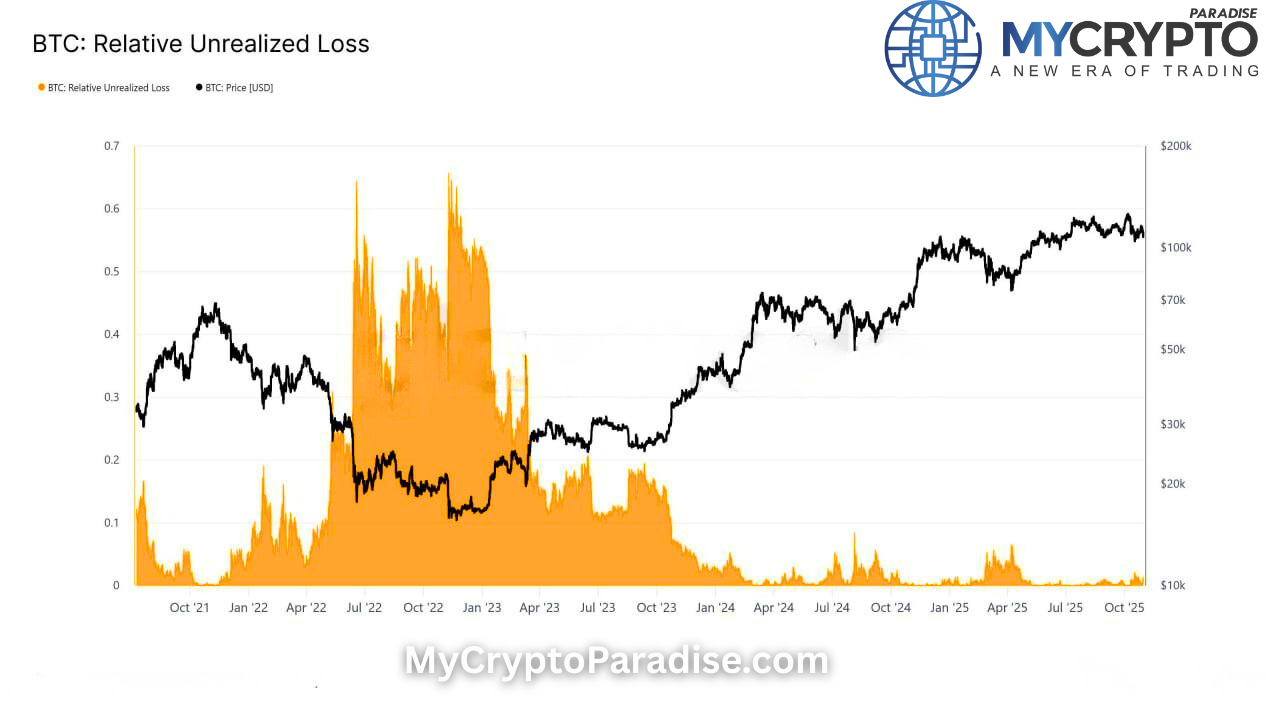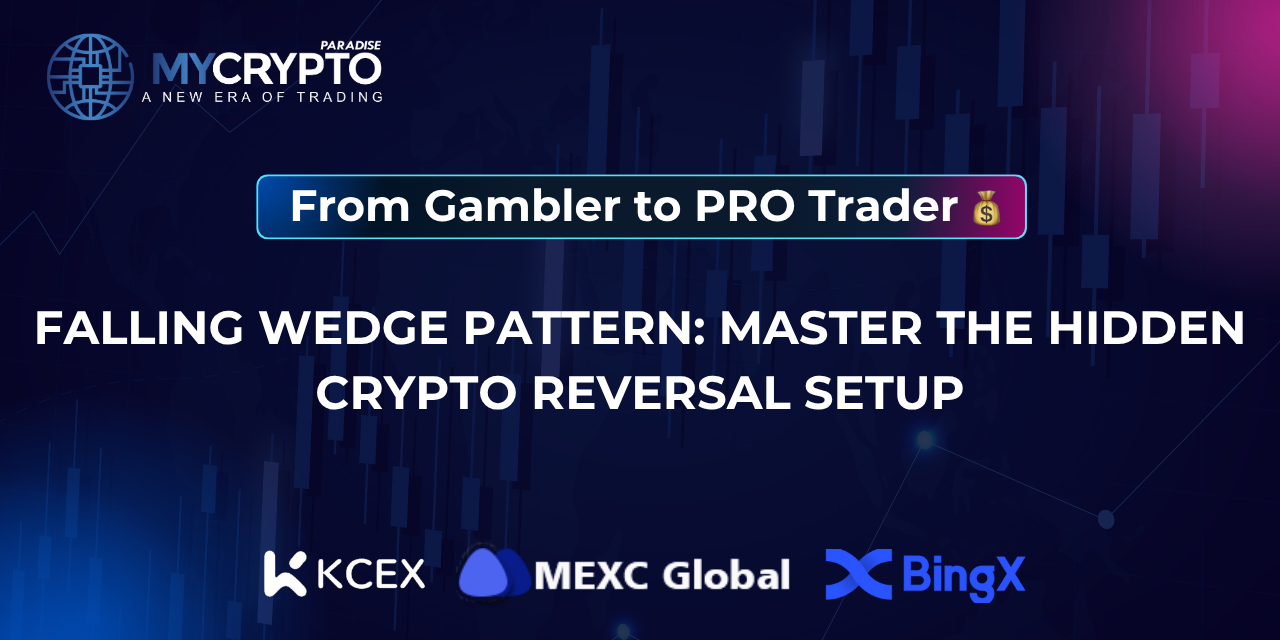The Elliot Wave Theory is based on the idea that markets move in a repetitive pattern of five waves in the direction of the main trend, followed by a correction in three waves. This pattern is known as the 5-Waves and ABC Correction, and understanding how it works can provide traders with a valuable framework for analyzing and trading financial markets.
The 5-Waves: Impulse Waves
According to the Elliot Wave Theory, the main trend in any financial market is composed of five waves, which are collectively known as impulse waves. These five waves can be either upward or downward, depending on whether the market is in an uptrend or a downtrend.
The impulse waves are labeled with numbers from 1 to 5, with wave 1 being the first wave in the direction of the main trend and wave 5 being the final wave. Waves 2, 3, and 4 are corrective waves that retrace a portion of the preceding impulse wave, while wave 5 is the final push in the direction of the main trend.
Each of the five impulse Elliot waves has its own characteristics
Wave 1
This is the initial wave in the direction of the main trend, and it is often characterized by relatively low trading volume and cautious optimism among traders. Prices typically start to rise (in an uptrend) or fall (in a downtrend) as buying or selling pressure begins to build.
Wave 2
After the completion of wave 1, prices typically retrace a portion of the gains (in an uptrend) or losses (in a downtrend) in wave 2. This wave is often seen as a correction or a pullback, and it is typically smaller in magnitude than wave 1. Trading volume is usually lower than in wave 1, and sentiment among traders may start to turn cautious.
Wave 3
Wave 3 is often the most powerful and extended wave in the impulse sequence. Prices tend to move rapidly in the direction of the main trend, and trading volume is typically high. This wave is often characterized by strong momentum and a sense of optimism (in an uptrend) or pessimism (in a downtrend) among traders.
Wave 4
Following the completion of wave 3, prices typically retrace a portion of the gains (in an uptrend) or losses (in a downtrend) in wave 4. This wave is similar to wave 2 in that it is a correction or a pullback, but it is usually smaller in magnitude than wave 2. Trading volume may decline further, and sentiment among traders may become more cautious.
Wave 5
Wave 5 is the final wave in the impulse sequence. It is often characterized by a surge in trading volume and extreme sentiment among traders. Prices tend to move rapidly in the direction of the main trend. Further, this wave can often reach new highs (in an uptrend) or new lows (in a downtrend). However, it is also a signal that the trend may be nearing its end. Wave 5 is typically followed by a correction.
ABC Correction: Corrective Waves
After the completion of the five impulse waves, the Elliot Wave Theory suggests that the market undergoes a correction in three waves. which are collectively known as the ABC correction. Traders label these corrective waves with letters A, B, and C. They are counter-trend moves that aim to correct the price action of the preceding impulse waves.
Wave A
Wave A is the first corrective wave in the ABC correction. It typically retraces a portion of the price action of the preceding impulse waves. In an uptrend, wave A is a downward correction, while in a downtrend, wave A is an upward correction. Wave A is often characterized by increased trading volume and a sense of uncertainty among traders.
Wave B
After the completion of wave A, prices typically undergo a corrective rebound in wave B. Wave B retraces a portion of the correction in wave A. However, it does not exceed the starting point of wave A. Wave B is often seen as a counter-trend move. It lures in traders who believe that the trend is reversing. Sometimes this can be followed by another wave in the direction of the main trend. Trading volume in wave B is usually lower than in wave A. Sentiments among traders may start to turn more positive (in an uptrend) or negative (in a downtrend).
Wave C
This is the final corrective wave in the ABC correction. It aims to complete the correction and resume the main trend. Wave C typically moves in the direction opposite to the main trend. It retraces a portion of the price action of the preceding impulse waves. In an uptrend, wave C is a downward correction, while in a downtrend, wave C is an upward correction. Wave C has features like increased trading volume and a sense of uncertainty among traders. It is the last chance for the correction to continue before the main trend resumes.
Using Elliot Waves Theory in Trading
Here are some ways in which Elliot Wave Theory can be applied in trading:
Wave Counting: Traders can use Elliot Wave Theory to identify the current wave count. And, to determine the potential direction of the next move. Traders analyze the price action and identifying the five impulse waves. Also the ABC correction. Traders can estimate where the market is in the current cycle and anticipate the next move. This can help traders to enter or exit trades at favorable levels and manage their risk accordingly.
Trend Confirmation: Elliot Wave Theory may confirm the direction of the main trend. If the market is in an uptrend, it will shows a clear pattern of five upward impulse waves. A three-wave ABC correction follows this setup. it can confirm the bullish trend. Conversely, if the market is in a downtrend, it will shows a clear pattern of five downward impulse waves. A three-wave ABC correction follows this pattern. This can confirm the bearish trend. This can help traders to align their trades with the prevailing trend and increase their chances of success.
Conclusion
Elliot Wave Theory, with its 5-wave impulse pattern and ABC correction, can provide traders with insights into market cycles. Also to potential trading opportunities. It can be a valuable tool for traders to identify trend directions, and confirm trading signals. Also, to manage risk, and time their entries and exits.
Get our VIP Memberships – We Put in a Little Surprise for you!
ParadiseFamily is offering many traders the chance to become profitable in trading and to make consistent gains. By subscribing to any of the available VIP memberships, anyone can understand the psychology behind profitable trading. We invited to use the promo code PRO20% to get a discount on our ParadiseFamilyVIP membership. Only three slots are remaining for the Binance VIP membership, Bybit membership is sold out as of present. ParadiseFamilyVIP members combine market insights with expert trading strategies. This is how we have recorded huge success in our over seven years of professional crypto signals services.
Our team of trading experts has a proven track record of successful market predictions and consistent profit. They are tigers of incredible discipline. They hunt trades with patience and then enjoying their rich meals together! Because they understand that this is the only right way to do it!













